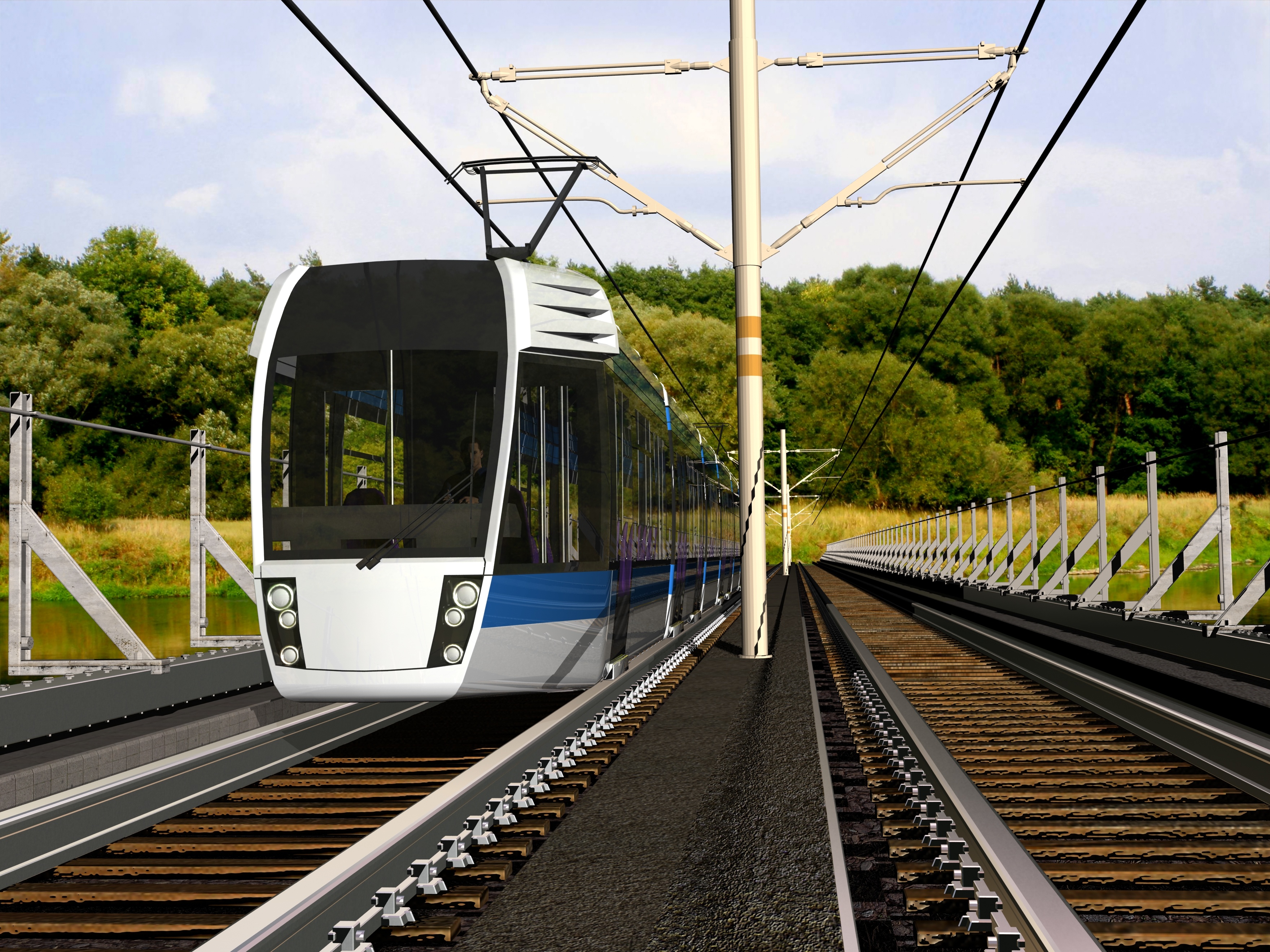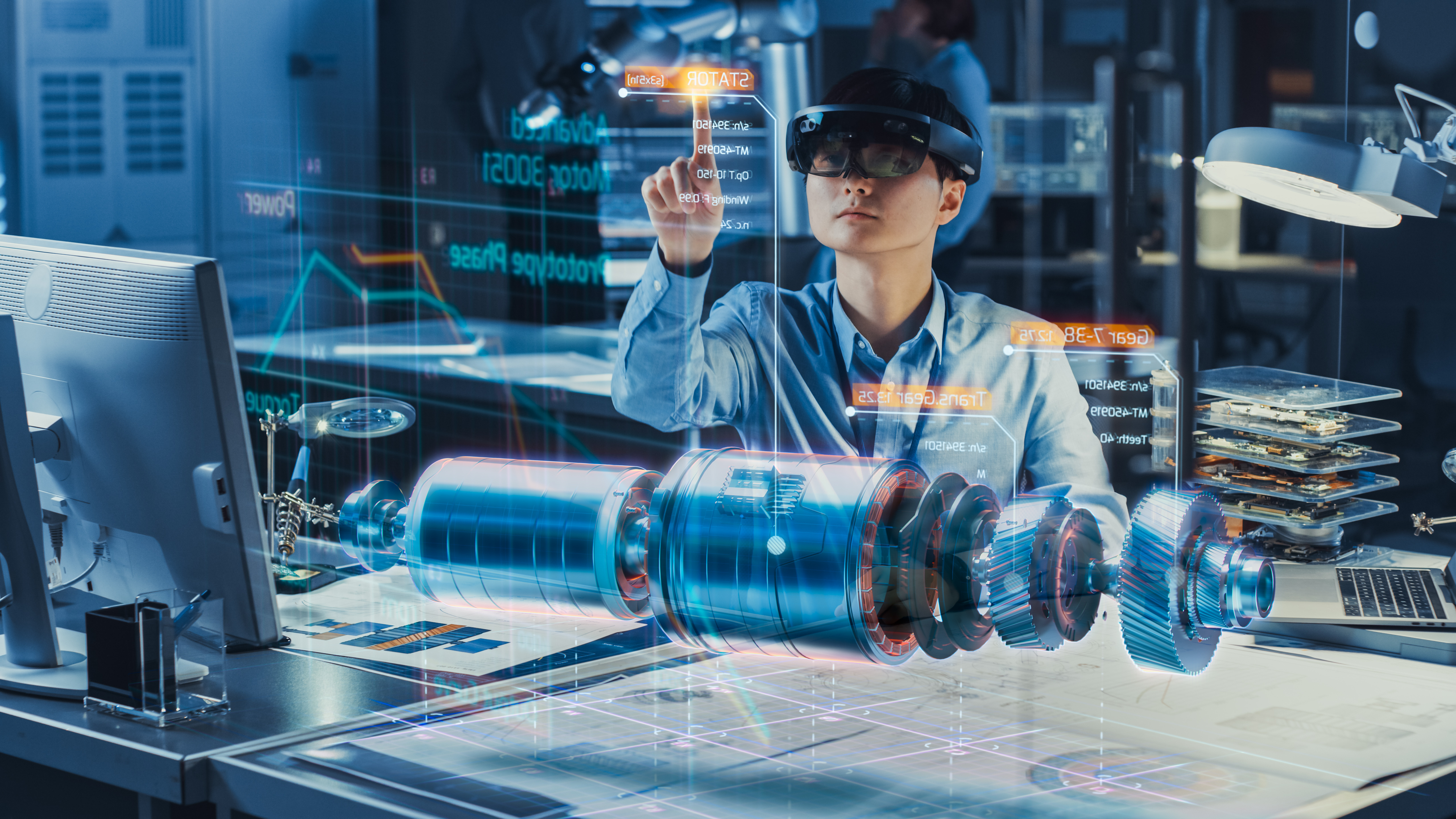HVAC, an acronym for heating, ventilation, and air conditioning, provides temperature control solutions, delivering both heating and cooling for homes and commercial spaces.. From single-family homes to submarines you can find HVAC systems provide the means for environmental comfort. These systems draw in fresh air from outside to ensure high-quality indoor air. The V in HVAC or ventilation is the process of replacing or exchanging air within a space. This process involves the removal of moisture, smoke, odors, heat, dust, airborne bacteria, carbon dioxide, and other gases as well as temperature control and oxygen replenishment providing a better quality of air indoors.
An HVAC system primarily serves three purposes: heating, ventilation, and air conditioning, working together to maintain thermal comfort and good indoor air quality. Heating in HVAC systems is often managed by a furnace or boiler, while ventilation can be either natural or mechanical The final aspect is air conditioning, which focuses on cooling the space. Removing the existing heat from the interior of the home is its main focus.
Air conditioners function by taking heat and humidity from your home and releasing it outside for eventually dropping the temperature in your home. All parts of the central cooling system must work together to complete this process. When the temperature in your home needs to be changed, central cooling kicks off. The thermostat will alert your cooling unit that the temperature needs to drop, and all parts will work simultaneously to get your space to your desired temperature.
Central heating systems can work in the same way as central cooling systems which move air around to change the temperature in your home. Central heating systems move the hot air in to get your home to your desired temperature instead of moving the hot air out. An HVAC device might actually be producing its own heat depending on what HVAC system that is. Heat pumps share identical components with split-system air conditioners and operate in a similar manner. When temperatures decrease and heat is required, the heat pump essentially reverses its process. Once a heat pump registers the function shift, a reversing valve in the outdoor unit kicks on allowing the heat pump to absorb heat energy from the outside air and transfer it into the home to warm it up.
In summary, an HVAC system, comprising heating, ventilation, and air conditioning components, is vital for regulating indoor environments in both residential and commercial settings. At CADD Centre, we understand the importance of mastering HVAC concepts for professionals in architecture, engineering, and construction. With our comprehensive training programs and expert guidance, you can enhance your understanding of HVAC principles, learn to design efficient systems, and excel in your career. Join us at CADD Centre to take your skills to the next level and make a significant impact in the field of building design and construction.
FAQs
How does air conditioning work in an HVAC system?
Air conditioning in an HVAC system removes heat and humidity from indoor air. It works by transferring the heat outside, thus lowering the indoor temperature. The system includes components like a thermostat, compressor, and coils that work together to achieve the desired temperature
What is the difference between heating and cooling in an HVAC system?
Heating systems, typically managed by a furnace or boiler, add warmth to indoor spaces. Cooling systems, on the other hand, use air conditioners to remove heat from the air, lowering the temperature inside the building.
How does the Master Certificate in MEP Design Training & Certification Course help in understanding HVAC systems?
This course offers detailed training on HVAC systems, including their operation, design, and integration within building systems. It covers essential topics such as heating, cooling, ventilation, and energy efficiency to equip you with the knowledge needed to design and manage effective HVAC solutions.
What are the typical challenges in HVAC system design?
Challenges include balancing loads, ensuring energy efficiency, integrating with building systems, proper sizing, and maintaining air quality. The Master Certificate in MEP Design Training & Certification Course addresses these issues comprehensively
What is the significance of heat pumps in HVAC systems?
Heat pumps are crucial for HVAC systems as they provide both heating and cooling by transferring heat rather than generating it. They enhance energy efficiency, reduce operating costs, and can reverse their function to heat or cool a space, making them versatile for year-round climate control
Why is it important to understand HVAC systems?
Understanding HVAC systems is crucial for designing and maintaining efficient heating, ventilation, and air conditioning solutions. Proper knowledge helps ensure optimal performance, energy efficiency, and indoor comfort.




